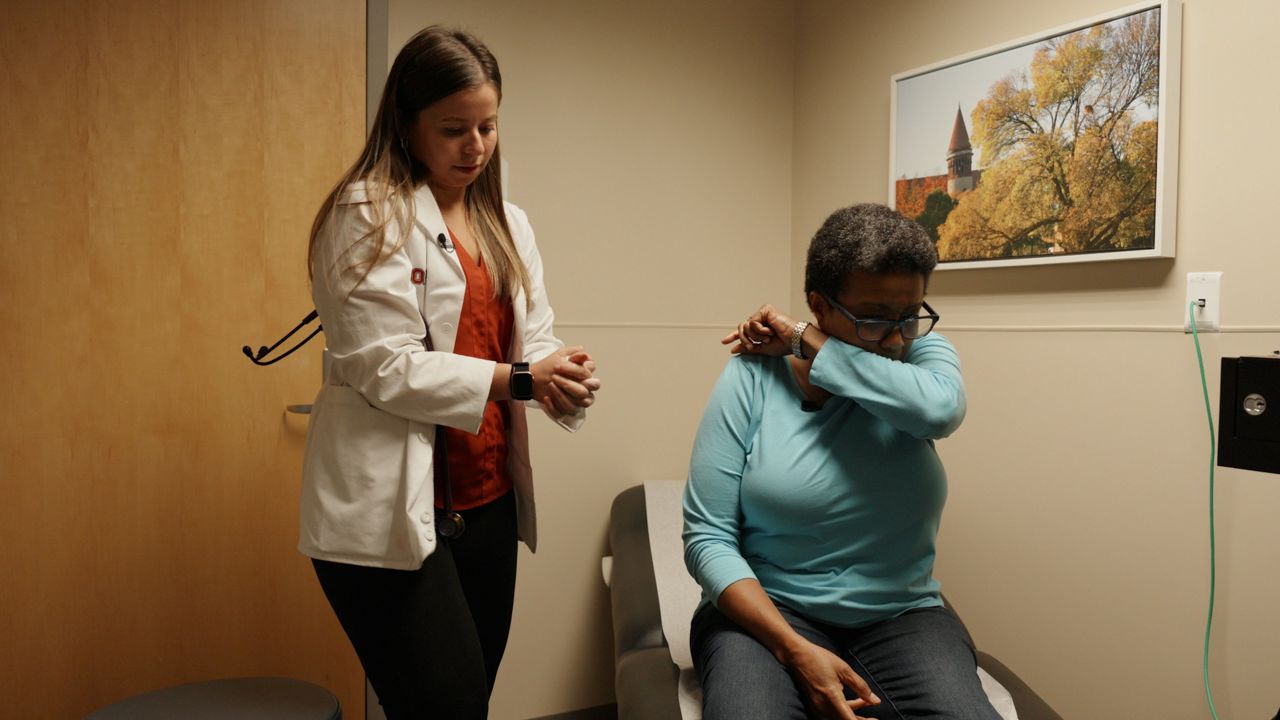
As K-12 education continues to evolve, the integration of advanced audio technology is revolutionizing learning environments. This technology holds immense potential in creating equitable learning environments that are particularly beneficial for students with special needs or hearing impairments. In classrooms across the nation, there is a significant disparity in facilities, with some schools boasting state-of-the-art equipment while others struggle with outdated buildings ill-suited for educational purposes. This disparity in learning experiences is stark and needs to be addressed.
One solution to bridge this gap and create a more inclusive educational setting for every student is through the integration of audio technology. Adam Coughran, an expert in educational safety, provides an in-depth analysis of the potential of audio technologies in schools. Coughran highlights how advanced audio systems can transform learning environments, especially for students with disabilities.
Coughran’s examination reveals that many schools are housed in buildings not designed for educational purposes, impacting acoustics and consequently, the learning process. Advanced audio systems can enhance the learning experience for students with special needs by catering to different learning styles and abilities. Improving acoustics can level the playing field, giving all students equal opportunities to learn and succeed regardless of their physical or cognitive abilities. Moreover, audio enhancements benefit mainstream students as well, particularly in classrooms with suboptimal settings where noise can be a distraction. In addition to addressing hearing impairments, improved audio technology can also support students with other disabilities by accommodating multiple learning modalities.
As educational institutions continue to evolve, the role of technology in creating equitable learning environments is crucial. Coughran emphasizes the need for thoughtful integration of audio technology to ensure that every student can thrive in complex educational landscapes. It is clear that advanced audio technology holds immense potential in revolutionizing K-12 education to provide a more inclusive and supportive environment for all students.
In conclusion, integrating advanced audio technology into K-12 education has immense potential to create more inclusive and supportive learning environments for all students regardless of their physical or cognitive abilities. As such, it is essential that schools invest in this technology and integrate it thoughtfully into their classrooms to ensure that every student has equal opportunities to succeed academically and socially.






